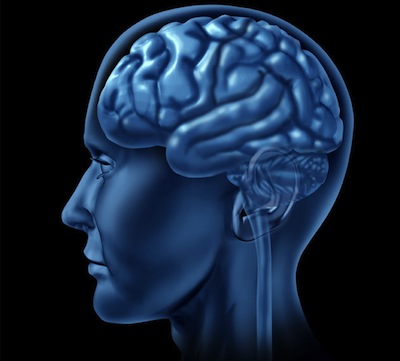Georgetown to Help Drive Regional Stroke Research Network

Posted in GUMC Stories
 Georgetown University Medical Center (GUMC) and its clinical partner, MedStar Georgetown University Hospital (MedStar GUH), will play a key role in a new regional network to advance research in stroke treatment, prevention and rehabilitation.
Georgetown University Medical Center (GUMC) and its clinical partner, MedStar Georgetown University Hospital (MedStar GUH), will play a key role in a new regional network to advance research in stroke treatment, prevention and rehabilitation.
The network, known as the Stroke National Capital Area Network for Research (SCANR), is a multi-site, multimillion-dollar research initiative made possible by a grant awarded this fall by the National Institute for Neurological Diseases and Stroke (NINDS), part of the National Institutes of Health. It is the only NINDS network in the region, and one of only 25 in the country.
The five-year grant was awarded to MedStar Health Research Institute, with the National Rehabilitation Network (MedStar NRH) and MedStar Washington Hospital Center (MedStar WHC) as the leads. Other members of the network are GUMC, MedStar GUH, Howard University Hospital and Children’s National Medical Center (CNMC).
SCANR will be co-led by Alexander Dromerick, MD, co-director of the Center for Brain Plasticity and Recovery, a GUMC and MedStar NRH collaboration. He also serves as chair of the department of rehabilitation medicine at GUMC, chief of service in the department of rehabilitation medicine at MedStar GUH and chief research officer at MedStar NRH. SCANR’s co-principal investigator is Amie Hsia, MD, medical director of the MedStar WHC Stroke Center and associate professor of neurology at GUMC.
Pooling Impressive Resources
“We’ve brought together a very strong team of collaborators,” says Dromerick.
“Among us, we provide acute care and rehabilitation for most of the adults and children who suffer from stroke in the D.C. region every year,” Hsia says. “Now through SCANR, these patients will have access to the most advanced treatment options through NIH-funded clinical research trials—as well as to the collective resources of the regional consortium.”
A group of Georgetown investigators will be be key to this collaboration, including Howard J. Federoff, MD, PhD, executive vice president for health sciences and executive dean for the School of Medicine at GUMC; Elissa Newport, PhD, professor of neurology and director of Center for Brain Plasticity and Recovery; Peter Turkeltaub, MD, PhD, assistant professor in the department of neurology at GUMC and director of the aphasia clinic at MedStar NRH; Ming Tan, PhD, chair of the department of biostatistics, bioinformatics and biomathematics; William Gaillard, MD, professor of neurology and division chief of epilepsy and neurophysiology at CNMC ; Michelle Harris-Love, PhD, assistant professor of rehabilitation medicine at GUMC and director of the MOTR Lab at MedStar NRH; and Chelsea Kidwell, MD, professor of neurology at University of Arizona and GUMC.
In addition, MedStar GUH will be one of the major recruiting sites for the studies and trials, with Andrew Stemer, MD, attending physician in neurology, serving as the site’s principal investigator.
SCANR and Georgetown University will also team up to fund a stroke fellowship, which will be led by Barbara Bregman, PhD, professor of neurology at GUMC. The aim of the fellowship is to increase the number of fellowship-trained stroke neurology and neurorehabilitation physicians in the United States, according to Dromerick.
Source of Pride and Recognition
“The formation of this network is very important for this region. It offers residents of the Baltimore-Washington region the chance to participate in some of the most cutting-edge stroke clinical trials and studies in the country, and it allows us access to more stroke patients to enhance our research,” Dromerick says. “It is a source of pride and recognition that we were selected as one of 25 networks in the country for our stroke research capabilities, and Georgetown will be integral to the success of the overall network.”
An important piece of Georgetown’s contributions come from the Center for Brain Plasticity and Recovery, directed by Newport and co-directed by Dromerick. Turkeltaub and Harris-Love are also members of the Center.
“The reviewers [of the grant proposal] were clearly impressed by the capabilities that the Center brings to the table, and mentioned that in their reviews,” Dromerick says.
A Dire Need
Nearly 800,000 people in the U.S. suffer stroke each year—and 130,000 die from stroke annually. The ambitious SCANR effort is focused on identifying new ways to prevent strokes, treat acute strokes, prevent a second stroke and help people recover more fully following a stroke.
“The Regional Stroke Trials Network is a very important step to helping us speed the translation of innovative research into clinical care—ultimately decrease incidence and death rates, and improve quality of life for hundreds of thousands of Americans,” Dromerick says.
By Lauren Wolkoff, GUMC Communications, and Emily Turk, MedStar NRH
